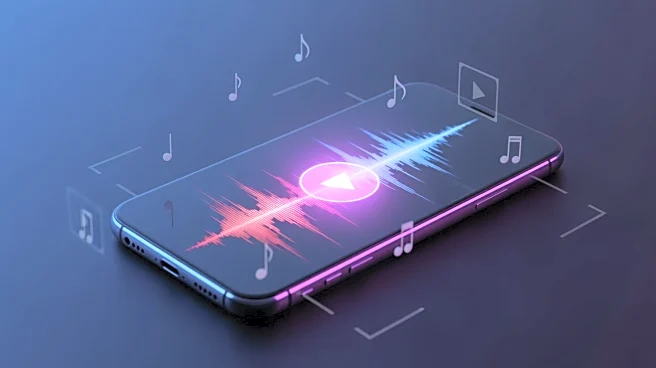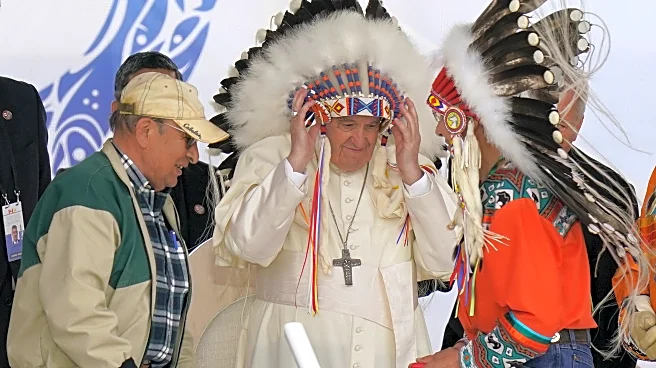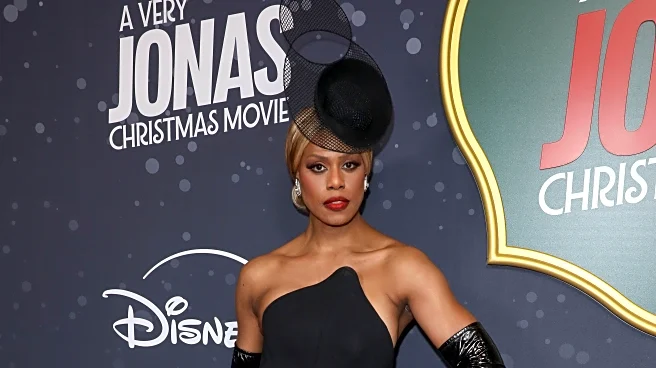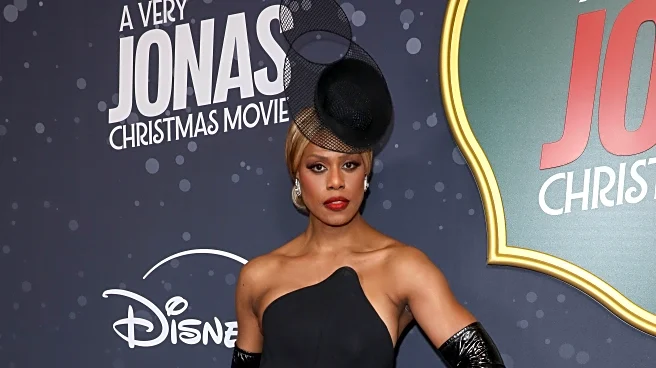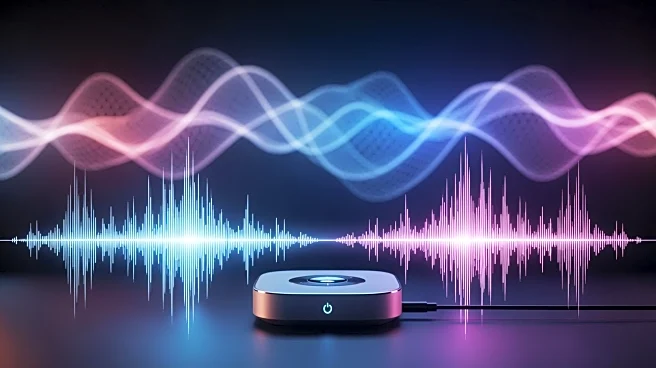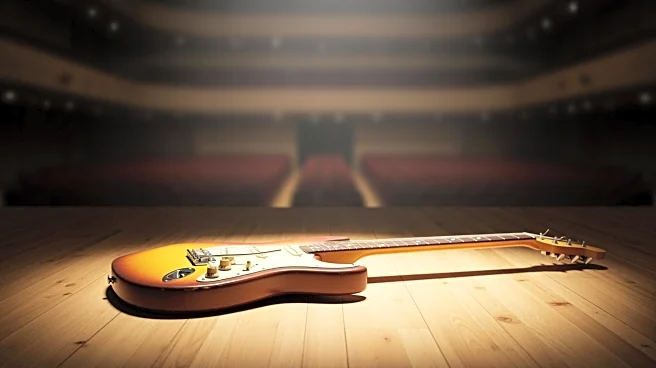What's Happening?
Spotify is set to expand its music video feature to the U.S. and Canada, allowing users to toggle between audio and video formats. This move follows a successful beta test and aims to shift music discovery
from platforms like YouTube to Spotify's own app. Additionally, the National Music Publishers’ Association (NMPA) has launched an opt-in portal for publishers to license audiovisual rights directly, potentially altering payout structures for indie songwriters. These developments are part of broader shifts in the music industry, including Deadline's launch of a Sound & Screen streaming site and the Hollywood Music In Media Awards spotlighting film music with nominations for 'Wicked: For Good'.
Why It's Important?
The introduction of music videos on Spotify could significantly change how fans discover and engage with music, potentially reducing YouTube's dominance in video-first music consumption. For publishers, the NMPA's opt-in portal offers a new avenue for licensing, which could lead to higher payouts and faster royalty distribution, particularly benefiting indie songwriters. These changes reflect a growing trend towards integrating audiovisual elements in music streaming, which could reshape industry dynamics and influence how artists release and promote their work.
What's Next?
As Spotify rolls out its video feature, users can expect more video-first releases and playlists featuring video clips. The shift may lead to changes in royalty splits and increased focus on audiovisual placements by creators. The upcoming Hollywood Music In Media Awards could further boost the visibility of film music, influencing playlist trends and sync deals. Stakeholders in the music industry will likely monitor these developments closely to adapt their strategies accordingly.
Beyond the Headlines
The expansion of video features in music streaming platforms like Spotify could have long-term implications for content creation and consumption. It may encourage artists to produce more visually engaging content, potentially leading to new forms of artistic expression and collaboration. Additionally, the shift in licensing and payout structures could empower indie artists and publishers, fostering a more diverse and competitive music landscape.
